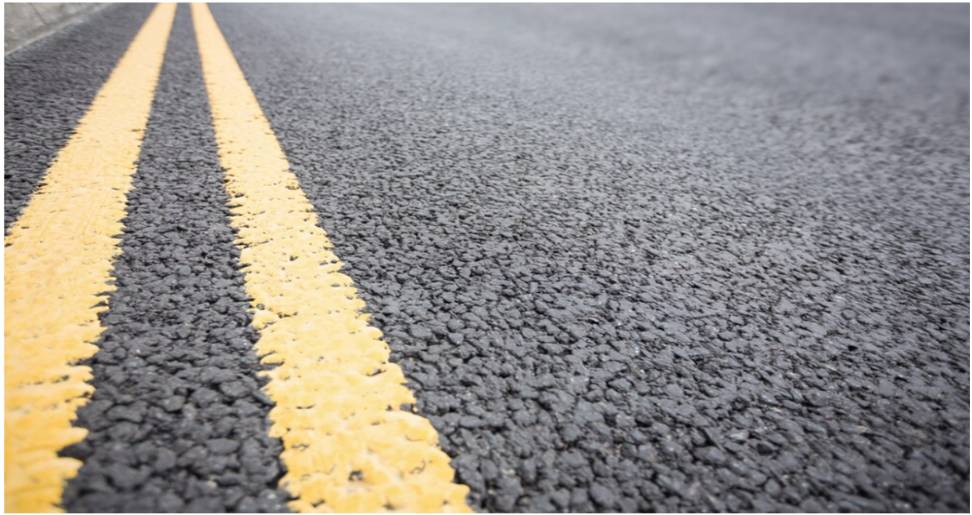Asphalt sealcoating is a crucial maintenance procedure that protects and extends the life of asphalt surfaces. Whether you’re managing a commercial parking lot or a residential driveway, understanding the benefits, techniques, and best practices of asphalt sealcoating can help you make informed decisions and ensure optimal performance of your paved surfaces.
Benefits of Asphalt Sealcoating
1. Protects Against Environmental Damage: Asphalt surfaces are constantly exposed to harsh environmental elements like UV rays, rain, and snow. These conditions can cause oxidation, leading to the deterioration of asphalt. Sealcoating acts as a barrier against these elements, reducing the risk of cracks, ruts, and surface degradation.
2. Enhances Aesthetic Appeal: Over time, asphalt surfaces can lose their vibrant black color, becoming gray and worn. Sealcoating restores the rich, dark appearance of asphalt, enhancing the overall aesthetic appeal of your property. This is especially important for commercial properties where first impressions matter.
3. Prevents Water Damage: Water infiltration can lead to potholes and significant damage to asphalt. Sealcoating fills in small cracks and imperfections, preventing water from seeping into the surface. This proactive approach helps in avoiding costly repairs down the line.
4. Extends Asphalt Lifespan: Regular asphalt sealcoating can significantly extend the lifespan of asphalt surfaces. By protecting against wear and tear, sealcoating reduces the frequency of repairs and replacement, making it a cost-effective maintenance strategy.
5. Improves Safety: Cracks and surface deterioration can create hazardous conditions for drivers and pedestrians. Sealcoating helps maintain a smooth and even surface, reducing the risk of accidents caused by uneven pavement or surface imperfections.
Techniques for Effective Asphalt Sealcoating
1. Surface Preparation: Proper surface preparation is essential for effective sealcoating. This includes cleaning the asphalt surface of any debris, oil stains, and dirt. Power washing and sweeping are common methods used to ensure that the surface is clean and free from contaminants that could affect the adhesion of the sealant.
2. Crack Filling: Before applying sealcoating, it’s crucial to address any existing cracks or holes in the asphalt. Using a hot crack filler or a cold-pour crack sealant, repair these imperfections to ensure a smooth, even surface. This step helps prevent further damage and ensures better adhesion of the sealcoating material.
3. Sealant Application: Asphalt sealcoating is typically applied using either a spray or squeegee method. The spray method is ideal for large areas, while the squeegee method is often used for smaller, more detailed applications. Ensure that the sealant is applied evenly, with no missed spots or puddles.
4. Drying Time: After application, it’s important to allow the sealcoat to cure properly. This usually takes about 24 to 48 hours, depending on weather conditions. During this time, avoid heavy traffic and contact with water to ensure that the sealcoat sets correctly and achieves its intended protective benefits.
5. Weather Considerations: Sealcoating should be done in optimal weather conditions. Avoid applying sealant during extreme temperatures or when rain is expected within the curing period. Ideally, sealcoating should be performed in dry, mild weather to ensure proper application and curing.
Best Practices for Asphalt Sealcoating
1. Regular Maintenance: Sealcoating is not a one-time fix but part of an ongoing maintenance routine. Depending on traffic conditions and environmental factors, reseal every 2 to 4 years to keep your asphalt surfaces in top condition.
2. Choose Quality Products: Invest in high-quality sealcoating products that offer the best protection and durability. Lower-quality sealants may save money upfront but can lead to more frequent repairs and replacements in the long run.
3. Hire Professionals: While DIY sealcoating is an option, hiring a professional contractor with experience and expertise can ensure a higher quality application. Professionals have the right equipment and knowledge to handle the complexities of sealcoating, leading to better results and longer-lasting protection.
4. Monitor and Inspect: Regularly inspect your asphalt surfaces for signs of damage or wear. Address any issues promptly to prevent them from worsening and requiring more extensive repairs. This proactive approach helps maintain the effectiveness of sealcoating and extends the lifespan of your asphalt.
5. Budget for Maintenance: Incorporate asphalt sealcoating into your property’s maintenance budget. Regular sealcoating is a cost-effective way to preserve the value and functionality of your asphalt surfaces, making it a wise investment for long-term property management.
In conclusion, asphalt sealcoating is a vital maintenance procedure that offers numerous benefits, from protecting against environmental damage to enhancing the aesthetic appeal of your surfaces. By understanding and implementing effective techniques and best practices, you can ensure that your asphalt surfaces remain in optimal condition, providing lasting performance and value.
Must Read :
- How Many Rings Does Jerry Rice Have?
- How Long Has Lebron Been In The NBA?
- Kylian Mbappé and Alicia Aylies: A Football Fairytale

